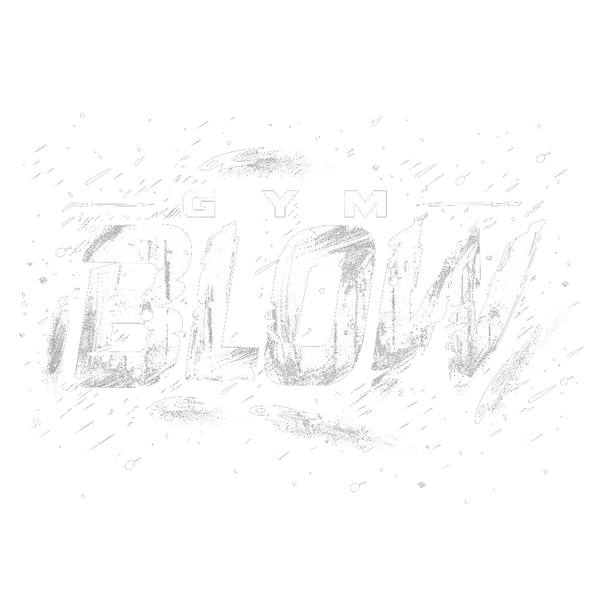
Climbing Chalk vs. Gym Chalk
Share
Climbers, lifters, CrossFit die-hards—everyone wants better grip. Here’s the straight talk on chalk: what’s in it, how it works on skin and surfaces, and when to use each type.
Is gym chalk the same as climbing chalk?
Short answer: The core ingredient is the same—most “gym” and “climbing” chalks are magnesium carbonate (MgCO₃). That’s the moisture-wicking mineral that dries your hands and boosts friction.
Where they differ: Blends and textures. Lifting chalks like Gym Blow’s Pebble-&-Powder mix are tuned for bars, bells, and rings; climbing chalks focus on skin-to-rock friction and bag usability.
Is there a difference between climbing chalk and normal chalk?
Yes. School chalk (calcium carbonate) ≠ performance chalk (magnesium carbonate). Within gym and climbing chalk, the real differences come down to texture, purity, and additives.
Can you use weightlifting chalk for rock climbing?
You can—pure MgCO₃ works anywhere. Just check texture and gym rules. Pebble-&-Powder blends break down in your hand, good for bouldering or barbell work. Some gyms prefer liquid or ball chalk to control dust.
Does climbing chalk make a big difference?
Absolutely. Chalk reduces skin moisture, improving friction on edges, slopers, and holds. Whether you’re pulling on rock or steel, that extra grip equals more control and confidence.

